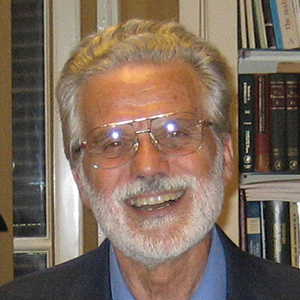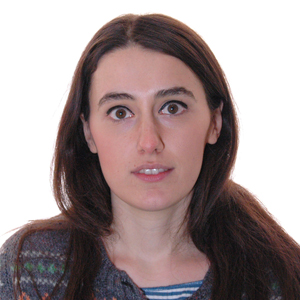More thoughts on folding and form
We were pleased to read Sudha Neelam’s pleasant and stimulating essay, “The art of paper folding and the science of protein folding,”in ASBMB Today.

Outlining the similarity between an origami and a folded protein is quite popular, since in both the form combines beauty and functional relevance. In both cases, the mechanism of folding to achieve the final state is complex. This similarity has been taken further to highlight that a misfolded origami mimics in some way a misfolded protein seen at the onset of neurodegenerative diseases that develop via irreversible population of an amyloid state by extensive misaggregation.
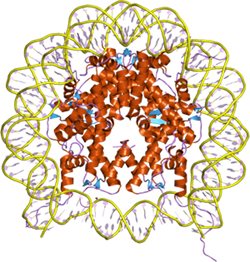
European Bioinformatics Institute
We should, however, recall one difference between folding a paper sheet and a polypeptide chain, a difference that is of fundamental significance.
The complex course of action to fold a paper sheet to produce origami of a chosen shape demands that precise information be injected in the procedure by an operator (in this specific case, Nihkil, the son of the writer Sudha Neelam). The order of guided steps is essential to overcome the loss of entropy coupled to the creation of an ordered object, such as a classical origami sculpture.
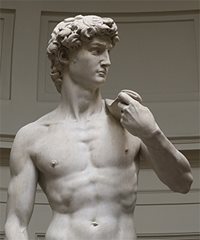
In the case of folding a complex 3D structurestarting from one disordered polypeptide, the information guiding the series of events/chemical steps leading to the globular protein is imprinted within the amino acid sequence. The primary structure itself is also the code carrying the instructions on how to fold in water and thereby the information to overcome the huge, unfavorable entropy loss.
In water, the amino acid sequence of a protein conforms beautifully to Aristotle’s definition of substance, the intimate ensemble of matter and form (in Greek: “synolon”), insofar as the amino acid sequence contains in itself the reason for becoming what it is (in Latin: “substantia causa sui”). In this respect, we can compare the amino acid sequence to the marble block as seen by Michelangelo Buonarroti. In Michelangelo’s view, the artist need only bring into actuality the form that already lies in the marble block by chiseling away the superfluous material.
Likewise, as shown by Nobel laureate Christian Anfinsen, the amino acid sequence embeds from the beginning the properties that will characterize the protein in the final functionally competent native state, needing only water to pass from potentiality into actuality.
Enjoy reading ASBMB Today?
Become a member to receive the print edition four times a year and the digital edition monthly.
Learn moreGet the latest from ASBMB Today
Enter your email address, and we’ll send you a weekly email with recent articles, interviews and more.
Latest in Opinions
Opinions highlights or most popular articles

Debugging my code and teaching with ChatGPT
AI tools like ChatGPT have changed the way an assistant professor teaches and does research. But, he asserts that real growth still comes from struggle, and educators must help students use AI wisely — as scaffolds, not shortcuts.

AI in the lab: The power of smarter questions
An assistant professor discusses AI's evolution from a buzzword to a trusted research partner. It helps streamline reviews, troubleshoot code, save time and spark ideas, but its success relies on combining AI with expertise and critical thinking.
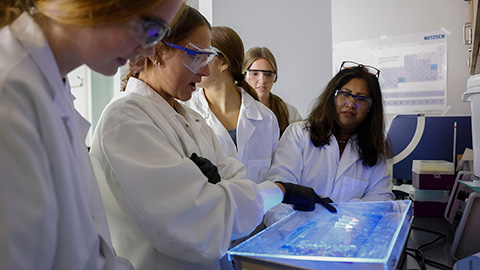
How AlphaFold transformed my classroom into a research lab
A high school science teacher reflects on how AI-integrated technologies help her students ponder realistic research questions with hands-on learning.
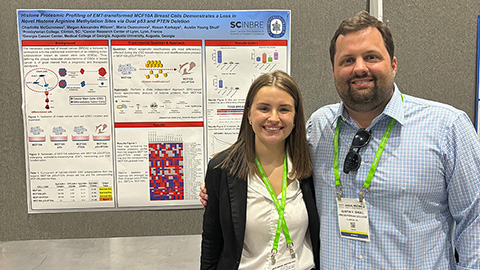
Writing with AI turns chaos into clarity
Associate professor shares how generative AI, used as a creative whiteboard, helps scientists refine ideas, structure complexity and sharpen clarity — transforming the messy process of discovery into compelling science writing.
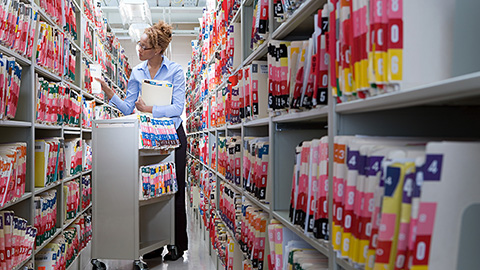
Teaching AI to listen
A computational medicine graduate student reflects on building natural language processing tools that extract meaning from messy clinical notes — transforming how we identify genetic risk while redefining what it means to listen in science.
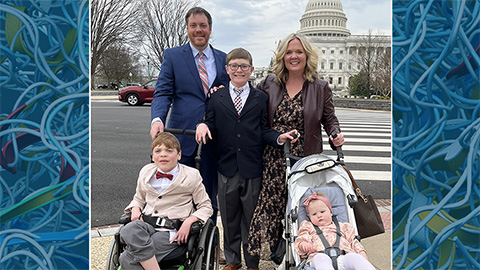
What’s in a diagnosis?
When Jessica Foglio’s son Ben was first diagnosed with cerebral palsy, the label didn’t feel right. Whole exome sequencing revealed a rare disorder called Salla disease. Now Jessica is building community and driving research for answers.

